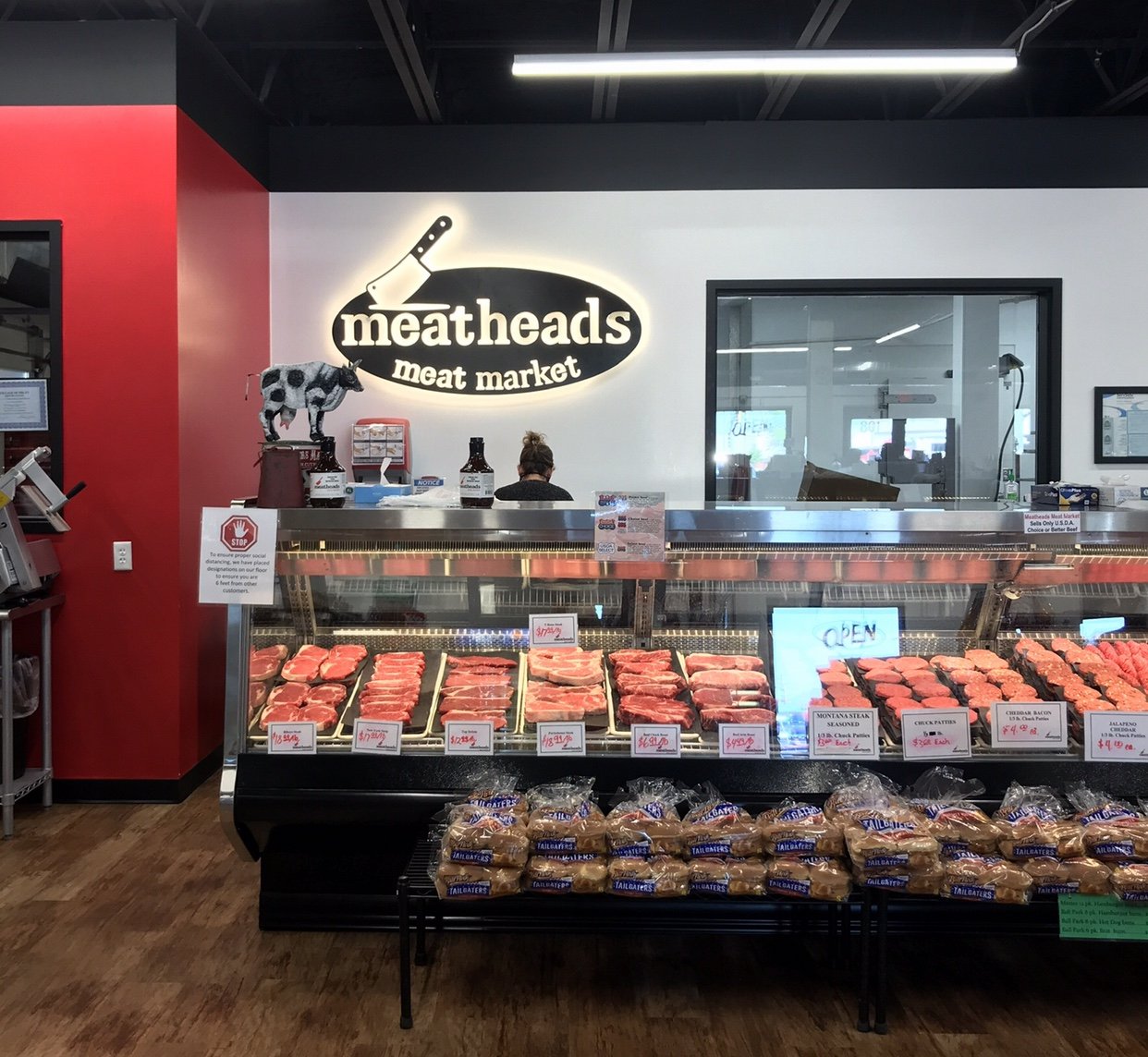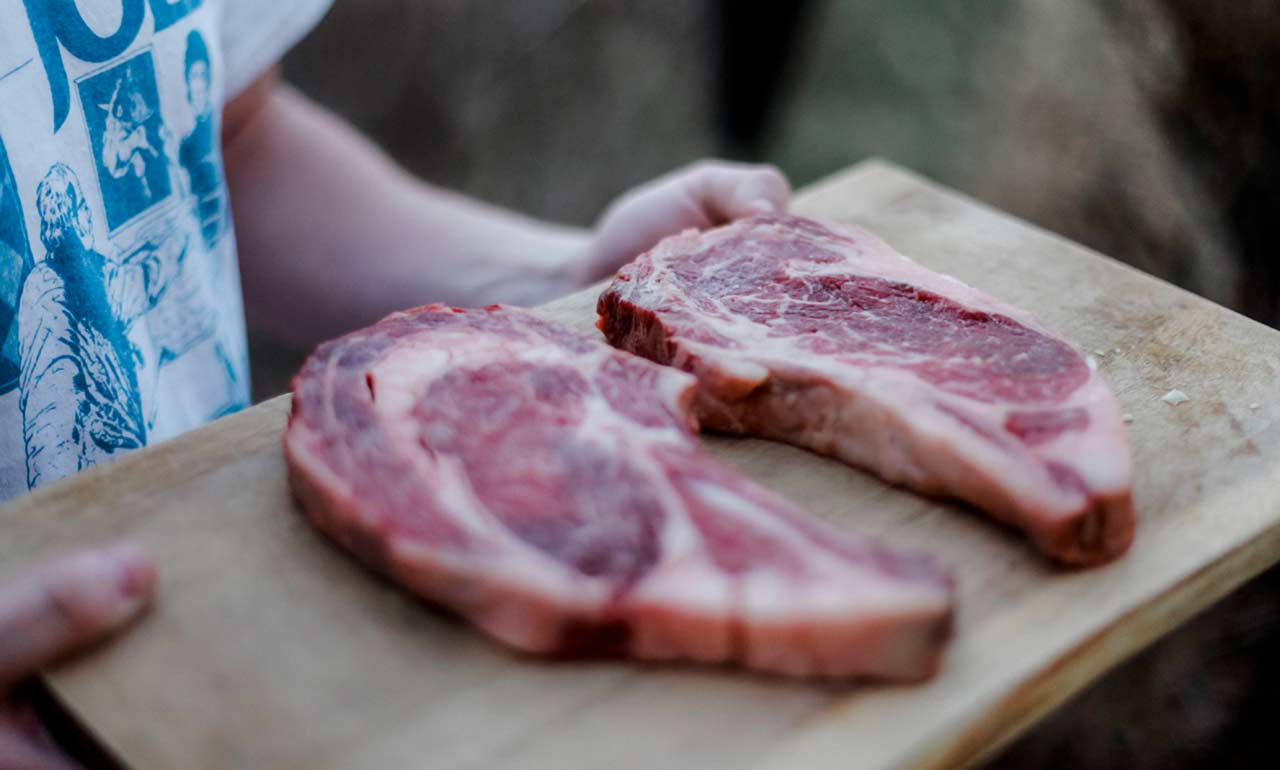The Nutritional Advantages of Incorporating Beef Tallow Into Your Diet
Beef tallow has garnered attention for its unique nutritional account, that includes an abundant selection of crucial fats and fat-soluble vitamins that can sustain general health and wellness. Its structure not only aids in nutrient absorption yet additionally gives a steady energy source that may boost metabolic feature. Moreover, its culinary flexibility allows for delicious food preparation alternatives that can add to a rewarding diet regimen. The implications of including this standard fat into modern-day dietary techniques invite a closer exam of its prospective advantages and disadvantages. What might this suggest for your nutritional selections?

Nutrient Account of Beef Tallow
Beef tallow boasts an abundant nutrient account that makes it a valuable addition to various diets. Mainly composed of saturated and monounsaturated fats, beef tallow is roughly 50-60% saturated fat, which contributes to its stability at high cooking temperatures. This quality makes it a superb choice for frying and roasting, as it stands up to oxidation and retains its nutritional quality.

Additionally, beef tallow is devoid of trans fats, making it a much healthier alternative to lots of veggie oils. Its nutrient density not just provides energy yet also aids in the absorption of nutrients from various other foods. As a conventional food preparation fat, beef tallow can boost the flavor of meals while adding to overall nutritional consumption, aligning well with different nutritional choices, including low-carb and ketogenic diet plans.
Wellness Conveniences of Healthy Fats
Incorporating healthy fats like those discovered in beef tallow into the diet plan can produce many wellness advantages that sustain total health. Healthy and balanced fats play an essential role in maintaining cellular structure, hormone production, and nutrient absorption. They are essential for optimal brain feature, as the mind is made up of almost 60% fat, primarily healthy fats.
One noteworthy benefit of healthy fats is their contribution to heart health (where to buy beef tallow). As opposed to obsolete ideas that all fats add to cardiovascular disease, studies indicate that healthy and balanced fats can enhance cholesterol levels and decrease inflammation, inevitably decreasing the danger of heart illness. Additionally, fats, such as those found in beef tallow, are a secure resource of energy, providing continual fuel for exercises and metabolic processes
Moreover, healthy and balanced fats can assist in weight administration by promoting satiation, which can help in reducing over-eating. They likewise support the absorption of fat-soluble vitamins, consisting of A, D, E, and K, improving overall nutrient uptake. By including beef tallow and various other healthy fats right into the diet plan, people can enhance their nutritional account while delighting in a multitude of wellness benefits that cultivate durability and vigor.

Cooking With Beef Tallow
Food preparation with beef tallow uses a savory and flexible alternative for a range of cooking applications. This rendered fat, originated from beef, flaunts a high smoke point of about 400 ° F(204 ° C ), making he has a good point it optimal for frying, sautéing, and roasting - where to buy beef tallow. Its durable taste boosts recipes, imparting a rich, tasty high quality that matches numerous active ingredients
Beef tallow is specifically fit for traditional cooking methods, such as deep frying, where it can create an outstanding crust on meats and vegetables. The fat's capability to stand up to heats without damaging down makes sure that you accomplish crispy structures while keeping wetness within the food. Furthermore, its steady nature indicates it can be reused multiple times for frying, making it an economical option for home cooks and professional kitchens alike.
In cooking, beef tallow can act as a replacement for butter or shortening, offering an unique deepness of taste to pastries and pie crusts. It can be integrated into sauces and gravies, enhancing their taste and offering a lush mouthfeel. By embracing beef tallow in your food preparation collection, you can elevate your dishes while utilizing its nutritional advantages.
Comparisons With Other Fats
When examining food preparation fats, beef tallow stands out in comparison to various other common choices such as veggie oils, butter, and lard. Beef tallow is primarily made up of saturated and monounsaturated fats, which are much more secure at high temperatures, making it less vulnerable to oxidation than polyunsaturated vegetable oils.
On the other hand, while butter has advantageous nutrients like fat-soluble vitamins, it has a reduced smoke factor and can burn quickly. Lard, comparable to tallow, has a desirable fat profile yet might consist of higher levels of polyunsaturated fats, depending see post upon the pig's diet.

Vegetable oils, often marketed as healthier options, can be extremely refined and have trans fats, which have actually been linked to adverse health impacts. The omega-6 fatty acids widespread in several veggie oils can add to swelling when eaten in extra. Generally, beef tallow uses a special equilibrium of flavor, stability, and nutritional benefits that can make it a more suitable choice in various cooking applications.
Including Beef Tallow Into Foods
Beef tallow can be flawlessly incorporated into a variety of meals, enhancing both taste and dietary value. This rendered fat, rich in monounsaturated fats and vitamins A, D, E, and K, works as a functional cooking medium. It is optimal for high-heat applications such as frying and roasting, where it can pass on a savory deepness to veggies, meats, and even baked goods.
When sautéing, take learn the facts here now into consideration making use of beef tallow instead of conventional oils to elevate the taste of stir-fries or vegetable medleys. For a heartier flavor, try including it into mashed potatoes or creamy sauces, where its abundant consistency can create a luxurious mouthfeel. In addition, beef tallow can be utilized as a base for gravies, including a robust taste profile that complements a variety of dishes.
For those discovering baking, replacing beef tallow for butter or reducing in pie crusts can yield a half-cracked, flavorful outcome. When barbecuing, cleaning tallow on meats can improve dampness retention and supply a delightful sear. By attentively incorporating beef tallow right into your meals, you can appreciate not only boosted flavors yet also the impressive nutritional advantages it offers.
Verdict
Incorporating beef tallow into the diet plan supplies substantial dietary benefits, including vital fatty acids and fat-soluble vitamins that improve total wellness. On the whole, the integration of beef tallow into meals can support health and well-being, making it an important addition to a balanced diet plan.
Mostly made up of monounsaturated and saturated fats, beef tallow is about 50-60% saturated fat, which adds to its security at high cooking temperature levels. As a typical food preparation fat, beef tallow can boost the taste of meals while adding to general nutritional intake, aligning well with various nutritional choices, consisting of ketogenic and low-carb diet plans.
Integrating healthy fats like those found in beef tallow into the diet regimen can generate many health and wellness benefits that support total health. By integrating beef tallow and other healthy fats right into the diet plan, individuals can enhance their nutritional account while taking pleasure in a wide variety of health and wellness benefits that cultivate durability and vitality.
When evaluating food preparation fats, beef tallow stands out in comparison to other usual choices such as vegetable oils, butter, and lard.